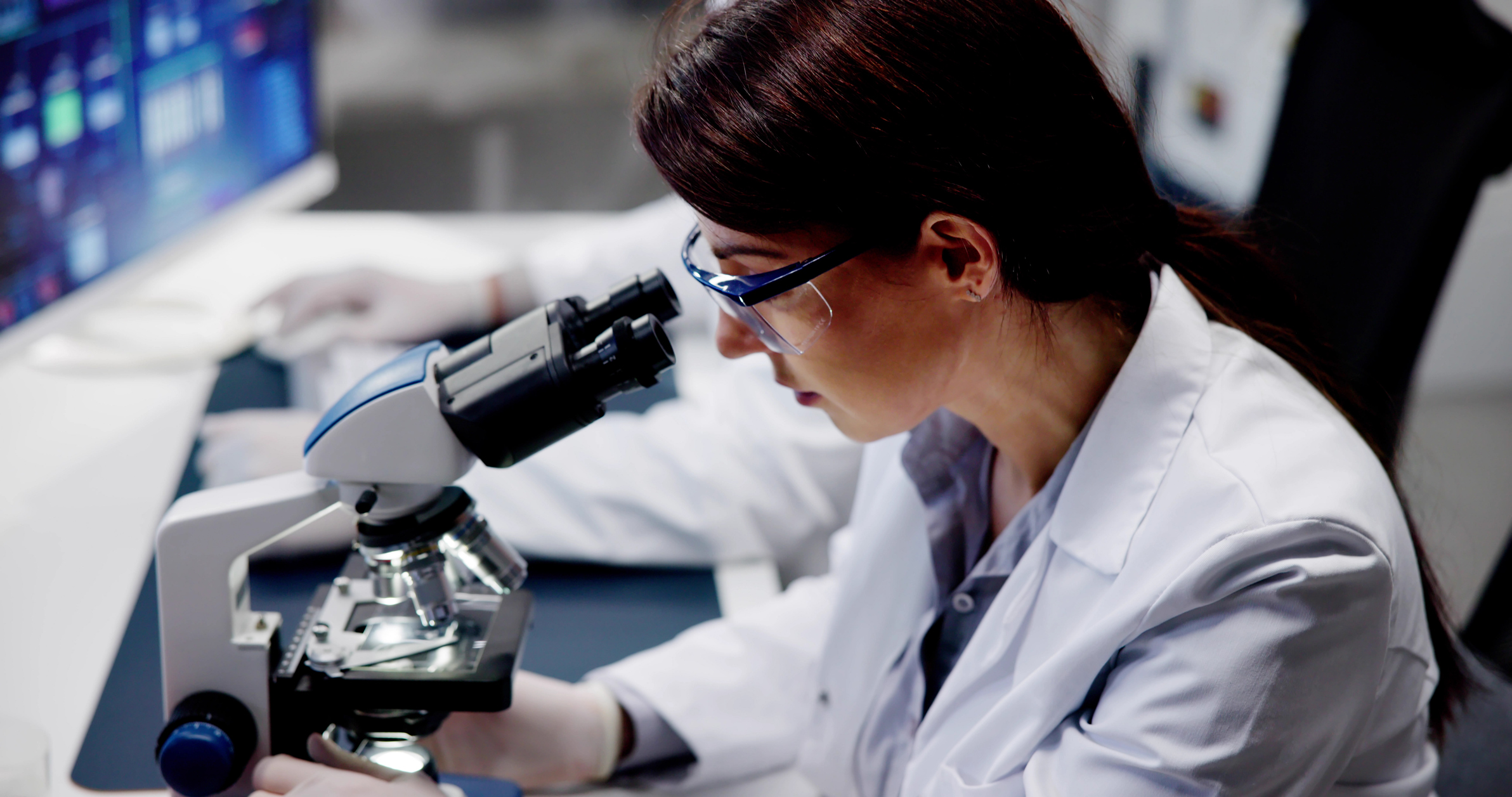Authors: Christian Garcia, PhD, Senior Application Scientist; and Ashlie Reker, PhD, Senior In Vivo Research Liaison
Imagine being on the cusp of developing a new therapeutic that will significantly enhance patients’ quality of life. Your facility is running smoothly, results are coming in, and it seems your preclinical research is heading easily into clinical trials. Or so you think. However, upon entering your meeting to discuss your findings and next steps to prepare for submission of an Investigational New Drug application, you notice an item on the agenda, called OLAW Review of Animal Welfare Noncompliance. What does it mean?
Who is in charge of defining and monitoring humane animal treatment?
Companies and academic institutions alike have been in the headlines with regard to animal welfare violations resulting in record fines in the millions of dollars as well as public outcry. The headlines are driven largely by OLAW (the Office of Laboratory Animal Welfare), a division of the National Institutes of Health in the United States, which is tasked with ensuring humane care and use of animals in research, testing, and teaching.
OLAW is the governing body that oversees compliance with PHS (US Public Health Service) Policy on Humane Care and Use of Laboratory Animals. The policy sets forth institutions’ responsibility to ensure that uses of animals in research are conducted ethically and humanely. The mechanism by which an entity gets cleared to conduct animal research is by OLAW’s issuance of an assurance.
What happens when an OLAW violation occurs?
OLAW’s process for handling potential non-compliance is outlined as four main outcomes.
- Either the findings are non-substantiated or OLAW accepts the institution’s corrective actions and the case gets closed.
- OLAW makes recommendations to the institution, and reports that detail the progress of their implementation must be submitted to OLAW showing that acceptable corrective action has been taken before the case can get closed. More-serious infractions lead to a substantial drain on an institution’s resources with regard to animal welfare and research personnel.
- OLAW can restrict an assurance and require special reporting, suspend assurance for some research activities, and mandate an official review of all assured projects. The institution is given an opportunity to take corrective actions, but failure to do so leads to the fourth, and final, consequence
- OLAW can impose on an institution a complete withdrawal of its assurance approval. In essence, if an institution is found to have committed an egregious violation of compliance or it fails to correct violations, OLAW can terminate grant funds and indefinitely suspend all research conducted with PHS funds.
The million-dollar question is, ‘how can institutions balance resource management and responsibilities and maintain research compliance?’ One obvious approach is to turn to digital solutions that make the following steps significantly easier. A centralized and harmonized record-keeping process improves reporting, assessment, and the adoption of necessary corrective actions that make OLAW compliance simple and effective.
The 3 key steps organizations can adopt to uphold animal care
- Ensure the most-recent, evidence-based practices are being followed. In the United States, several resources are regularly updated and include the Guide for the Care and Use of Laboratory Animals by the National Academy of Sciences’ National Research Council and the organization’s own IACUC. In addition, the Association for Assessment and Accreditation of Laboratory Animal Care International is an international nonprofit organization that offers a voluntary, peer-reviewed accreditation process with the aim of guiding research facilities toward higher standards of animal welfare.
- Conduct bi-annual reviews — by internal and external experts — of facilities, equipment, standard operating procedures, and vivaria.
- Maintain excellent records of adverse events to identify areas for improvement.




